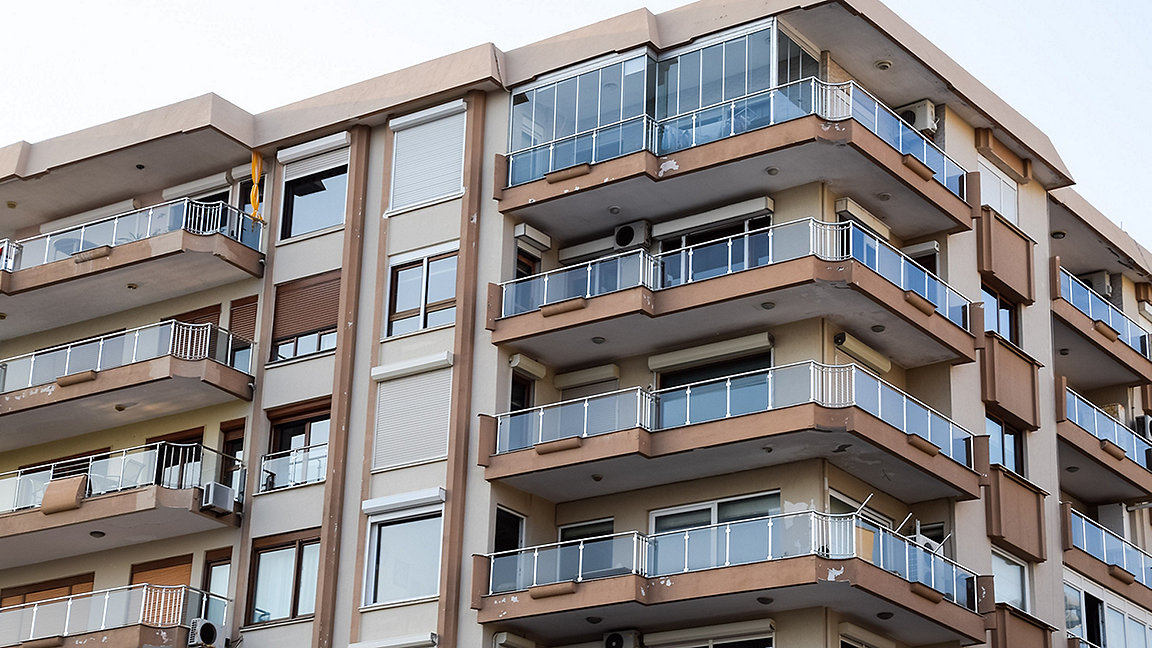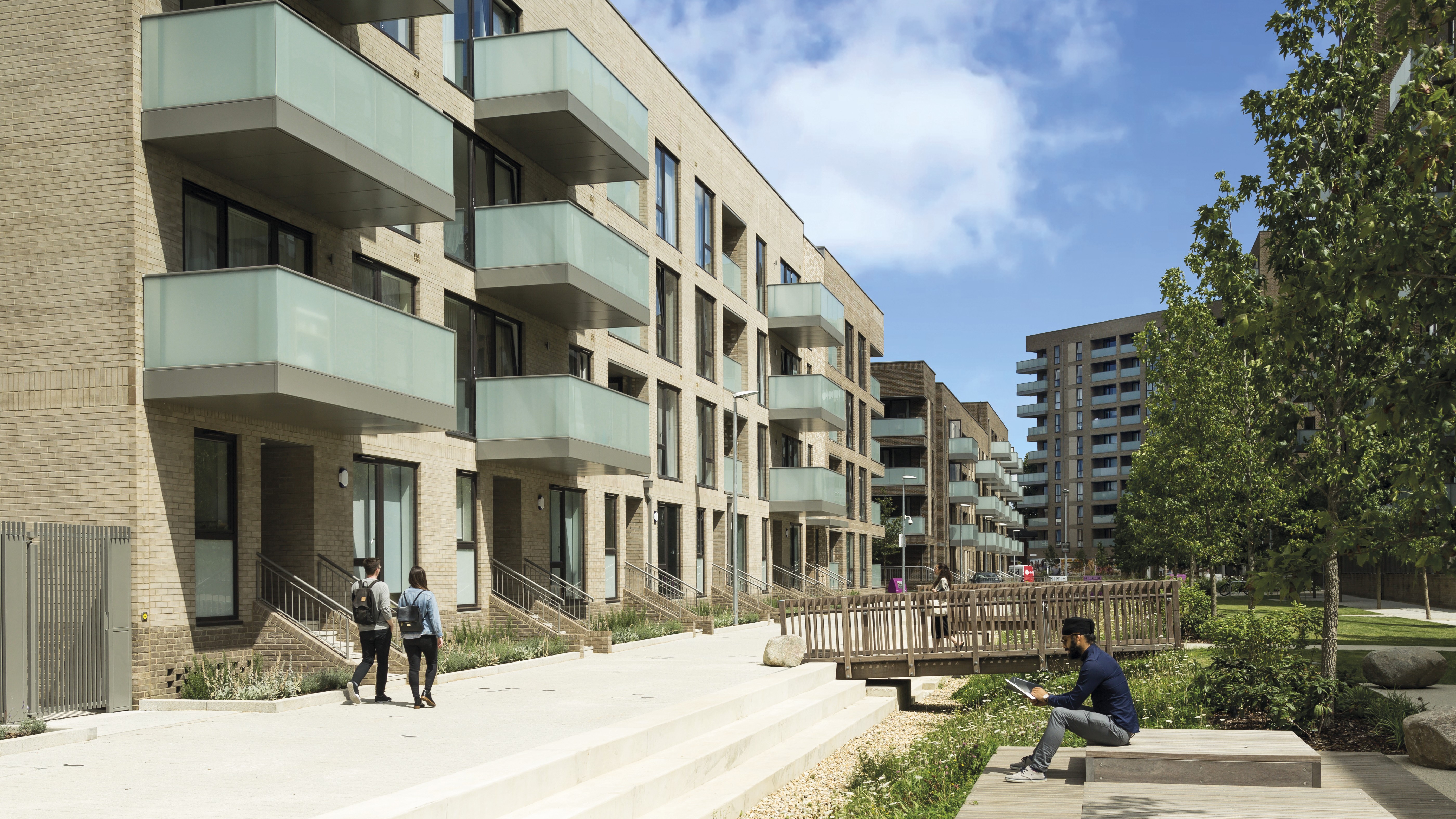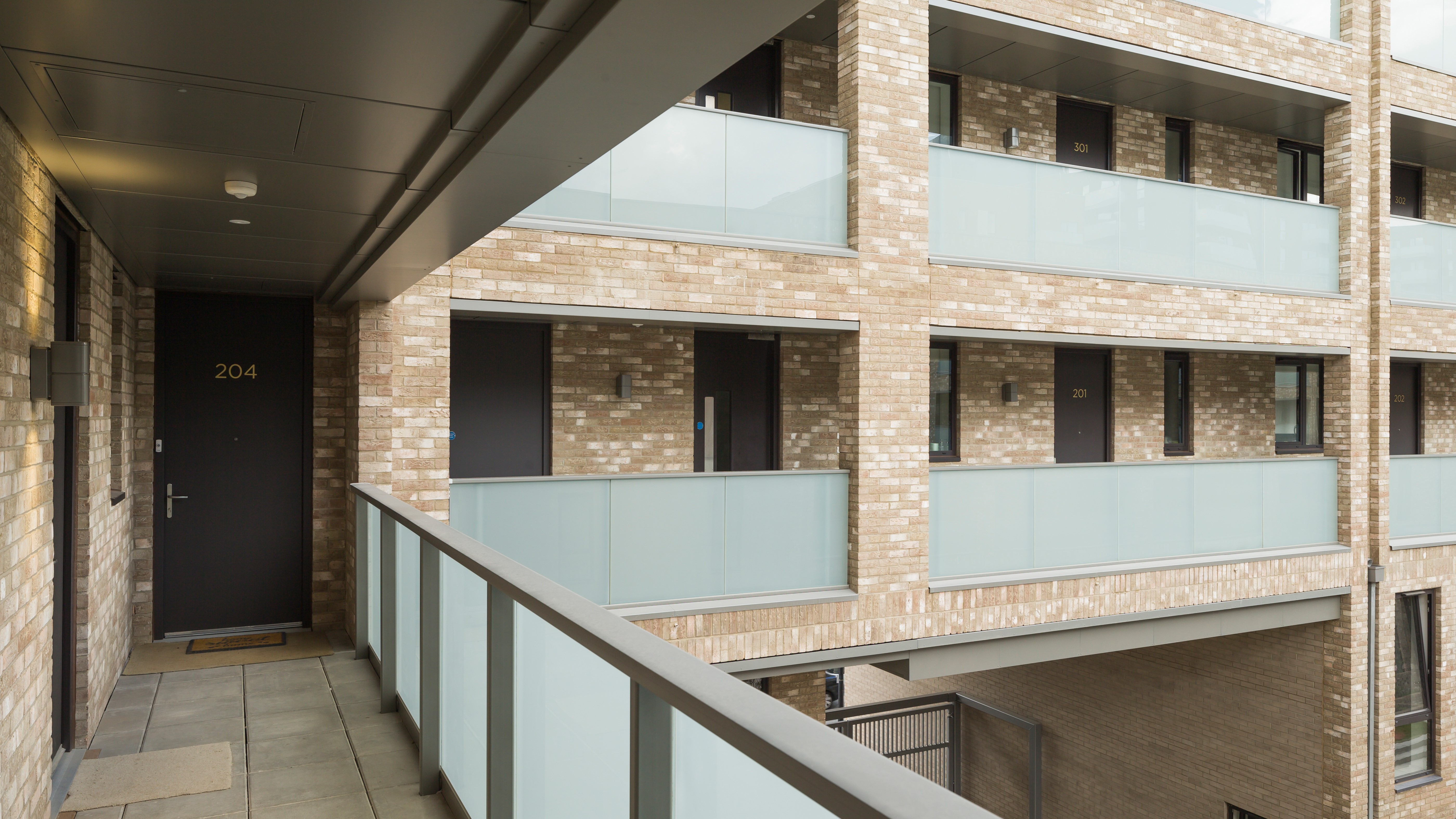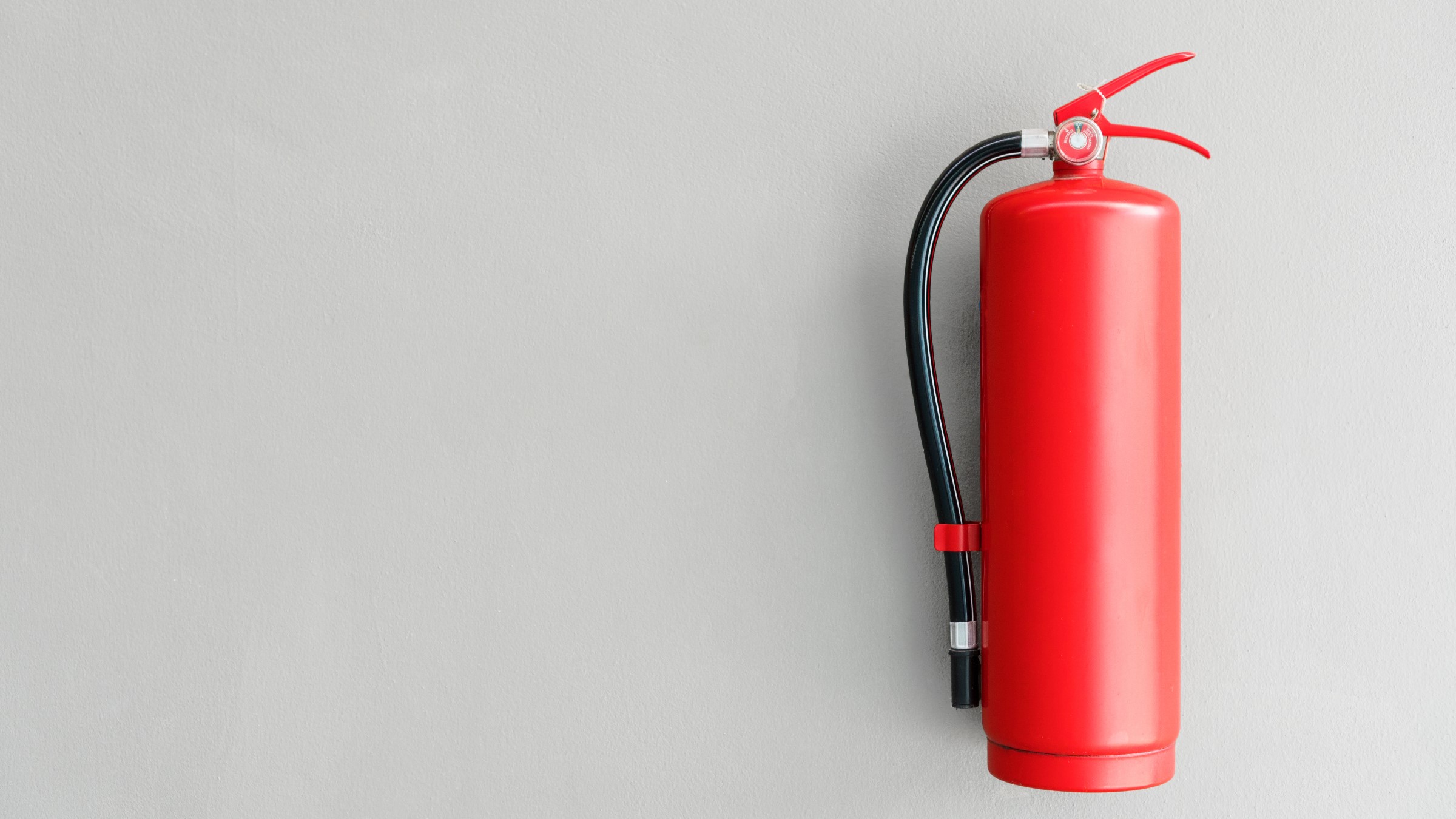
Building Regulation 7(2) was introduced in 2019 under the revisions to Part B to make buildings safer in a fire – an aim that surely no one can disagree with.
However, as well as having unforeseen consequences for fire safety, it has also affected the design of balconies.
Balconies qualify as specified attachments
To recap, the regulation sets out the need for non-combustible materials to be used in 'relevant buildings', with certain exemptions set out in regulation 7(3). Such buildings are essentially defined as residential buildings with an occupied floor 18m or more above ground level.
This means that external walls not only have to be classed as A2-s1, d0 or A1 after testing to BS EN 13501-1:2018, but so do 'specified attachments' to the building.
The definition of such attachments includes balconies as well as shading devices and solar panels attached to external walls.
If this requirement had only appeared in an approved document then it would simply have represented one means of compliance, and others would have been allowed.
However, it was incorporated in the Building Regulations themselves so it has become an absolute requirement. As such, all materials in balconies must be non-combustible unless exempted under regulation 7(3).
Ensuring that balustrades fulfil various functions
There are many components to a balcony, but the balustrade has a significant visual and functional impact on the design.
The choice of material is critical, and glass – a material that was often used in the past – has proved to be problematic when trying to comply with the new regulation.
It seems unlikely that this was the original intention behind regulation 7(2); after all, glass does not easily burn, except at very high temperatures, and its surface does not contribute to the spread of flame.
However, the other functional requirements of balustrades, such as transparency and solidness need laminated glass, which is a type of glass not easily classified as A2-s1, d0 or A1.
In residential buildings, balconies offer private amenity space which has many requirements.
As well as providing guarding to enable safe use, solid balustrades offer protection from wind, which is particularly important in the taller buildings to which regulation 7(2) applies, as well as offering a sense of enclosure or privacy.
Solid balustrades can also make climbing more difficult than railings for additional safety and security.
The use of transparent materials in solid balustrades is beneficial as it allows occupants a view out, which is particularly important for wheelchair users whose eyeline is lower than standing occupants and so would be blocked by opaque balustrade materials, as well as letting daylight into the dwelling.
Furthermore, BS 9991:2015 requires that buildings with open air access from the communal stairs to the flats have solid balustrades when only a single direction of escape is provided.

Balconies with glass balustrades were often a feature on residential buildings © Levitt Bernstein
Common glass requires certification under new regime
To meet all these requirements, laminated glass balustrades were commonly used on residential balconies. However, when regulation 7(2) was introduced, no laminated glass product was certified to class A2-s1, d0 or A1 as it required.
Designers therefore turned to the materials covered by the European classified without further testing regime.
In 96/603/EC Commission Decision, glass is listed as a material that can be defined as class A without testing.
This is only the case, however, if it contains less than 1% by weight or volume of homogeneously distributed organic material, such as oil-based products. Because a plastic film interlayer in laminated glass is more than 1%, it cannot be considered class A under 96/603/EC.
Laminated glass is the only glass commonly used in balconies as it retains its integrity and stays in one piece when broken, which meets the 'breaks safely' requirement of Part K of the Building Regulations.
Toughened glass, which would be deemed class A without further testing, would also fulfil this requirement; but the advantage of laminated glass is that its edges do not need the protection that toughened glass does.
However, the main advantage is that if laminated glass breaks it stays in place, which means it limits the risk of falling onto people below.
As such, when regulation 7(2) was introduced it effectively prohibited the use of glass in balconies.
'When regulation 7(2) was introduced it effectively prohibited the use of glass in balconies'

Imperforate glass balustrades to deck access as shown here are no longer permitted © Levitt Bernstein
Manufacturers seek to offer compliant products
Since then, a handful of balustrade manufacturers have offered products that claim to be certified to class A2-s1, d0 or A1. Using such systems restricts the design to off-the-peg, certified arrangements, but these may not be suitable for all projects.
It should also be noted that further requirements for balconies were introduced in paragraph 10.10 of Approved Document B Volume 1 in 2022.
This extended the required use of class A2-s1, d0 or A1 materials in balconies to all residential buildings of more than 11m, as does the guidance in BS 8579:2020 in certain circumstances.
Therefore, until more tested products become available or are added to the list of exemptions in regulation 7(3), glass balcony balustrades are unlikely to be seen in new residential schemes more than 11m for some time to come.
It is also worth noting that another possible unintended consequence, in connection to the fire rating of laminated glass, is that in Approved Document B it could be interpreted that using laminated glass in windows is effectively banned in dwellings over 11m.
This is because Approved Document B Volume 1, table 10.1: Reaction to fire performance of external surface of walls requires the outermost surface of all dwelling external walls to be Class A2-s1, d0 or better, i.e. non-combustible above 11m.
The definition of external wall in the Building Regulations includes windows, and therefore if the guidance is followed, laminated glass cannot be used as the external pane in double glazed windows.
Toughed and float glass will have to be used instead, as they are deemed as Class A without further testing.
It should be noted that as this is guidance in the Approved Document, alternative means of complying are permissible, which may justify the use of laminated glass.
In the next article, I will continue discussing windows and the restrictions and limitations placed on the use of windows that have been introduced through the publication of Overheating: Approved Document O.
Tony Hall is a technical design director at Levitt Bernstein
Contact Tony: Email
Related competencies include: Building control inspections, Fire safety, Health and safety, Legal/regulatory compliance

